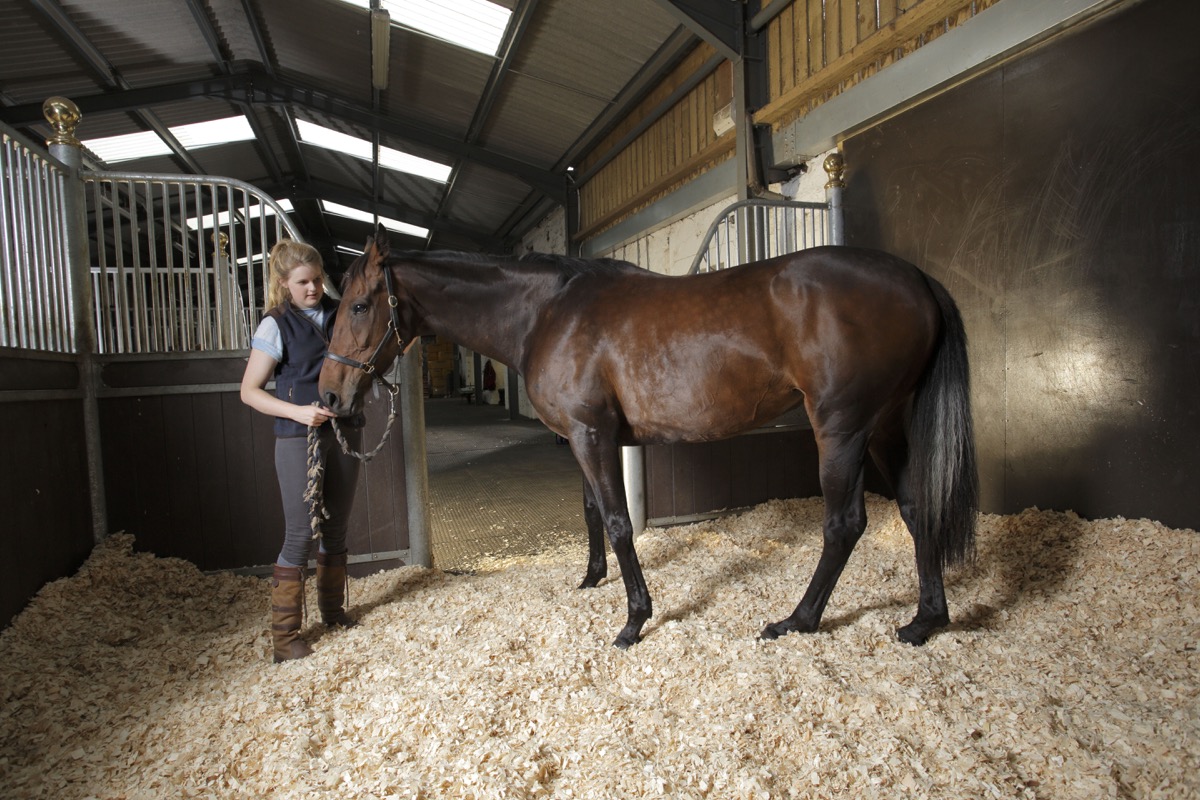The recent outbreak of Equine Influenza (EI) in the UK has given every British horse owner an alarming reminder of how vulnerable our horses are to the threat of serious, highly contagious respiratory diseases like this.
The effects of an EI outbreak are potentially extremely serious for horses and highly disruptive for the equestrian community. The British Equine Veterinary Association (BEVA) called for a nationwide “cessation of horse movement”. Racing has been completely shut down for over a week and many other events have been cancelled. At least one un-vaccinated horse that contracted EI this time had to be put down within days of diagnosis.
Prevention
Vaccination is the preferred method of control and is compulsory when competing under British Horseracing Authority, FEI and affiliated governing bodies’ rules in the UK. This protects horses against the most serious effects of equine flu but it does not provide immunity. Eight of the first horses diagnosed had been vaccinated.
For all owners, including the non-competing majority who keep their horses purely for the love of them, the urgent, overriding question is: What can I do to protect my horse from the worst effects of this disease – and others like it?
After vaccination, the answer is biosecurity, and that essentially means hygiene.
The Animal Health Trust (AHT) advises horse owners to “…consider existing biosecurity arrangements in their yards. This includes ensuring they practise good general hygiene…”
FEI veterinary director Göran Åkerström was quoted in Horse & Hound: “It is important all horses are vaccinated, regardless of whether or not they compete or come into contact with other horses, but there are also biosecurity measures that should be put in place, including best hygiene practices.”
Ask your vet what these biosecurity measures and best hygienic practices are. Top of the list (or very close to it) is bedding. Using the most hygienic bedding and maintaining it properly is the fundamental basis for managing your biosecurity in the stable.
Treatment
Bedding also plays a key part in the treatment of horses suffering from equine flu.
Horse & Hound’s expert advice is: “Horses with respiratory infections should be given complete rest… (which means box rest) …Good stable ventilation and management is essential… Exposure to dust and spores should be minimised, as horses with respiratory infections are more susceptible to airway irritation… It is best to switch to dust-free bedding…”
The equine flu outbreak is yet another reminder that respiratory disease can seriously threaten your horse’s health.
It’s also a reminder that EI is just one of many forms of respiratory disease that can seriously harm your horse – and some can start in the stable. Perhaps it’s also a wake-up call that reminds us all that biosecurity and hygiene should be top of the agenda in the management of our horses’ stables, all the time. And choosing the best, low dust, hygienic bedding is the best decision we can make to safeguard our horses’ health and wellbeing.
Next blog: What about YOU?
More people are suffering from asthma, and we know that for horse owners with asthma, using a low dust bedding like Bedmax is as essential to their health and wellbeing as it is to their horses’.
But we also know that non-asthmatic people can develop respiratory disease from working in dusty environments. So even if you don’t suffer from asthma, could breathing in dust and spores in your stable be causing unseen long term damage – just as it could be damaging the respiratory health of your horse?




